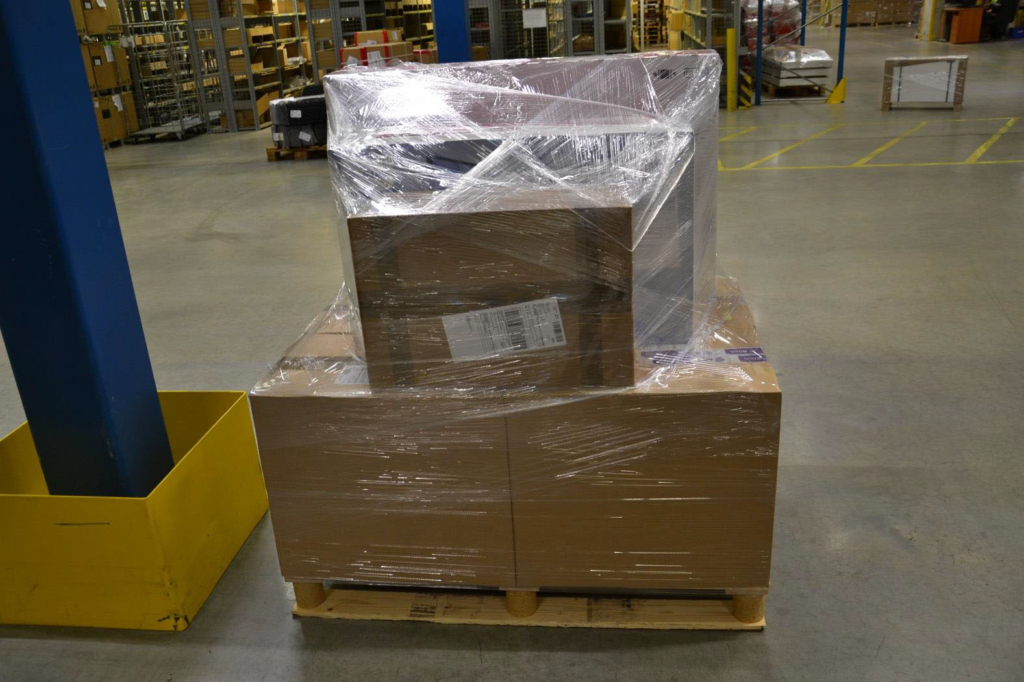Packages
Outer packaging
- When choosing the packaging, bear in mind the size of its contents. The material also has to ensure the contents remain whole and undamaged during transport – oversized boxes that contain little may get crushed, overfilled boxes may rip open.
- The packaging must be able to endure diagonal falls from a height of 100 cm.
- The packaging must be able to bear the weight of 4-5 packages of a similar weight on top of it.
- Old barcodes must be removed as they may prevent the automatic sorting of parcels and cause delays in parcels reaching their destination.
- The packaging material must be durable enough so that its contents are not damaged. Standard envelopes and plastic bags, for example, are not suitable. Incorrect packaging may injure or stain parcel handlers and other parcels.
- If the parcel’s width and height are at their maximum permitted size, we recommend opting for a larger locker so that it is more convenient for the person receiving it to remove it from the locker.

Inner packaging
- Inner packaging must ensure that the contents do not move inside the packaging. Incorrectly packaged items may injure or stain parcel handlers and other parcels. If necessary, use foam rubber, bubble wrap, plastic shavings, corrugated cardboards, corners, special air-filled plastic pouches or other similar materials for filling the parcel. You can also use various tension films or nets.
- The contents of the parcel cannot be in direct contact with the outer packaging.
- When placing several items in one parcel, they must be separated using cushions.
- Containers used to transport liquids or powdered substances must be hermetically sealed and the container must be packaged into sturdy transport packaging (corrugated cardboard, plastic box, wooden box, etc.).
- When packing fragile items, suitable packaging materials must be used (edge protectors, cushions, filling materials, etc.).
Sealing the parcel
- When packaging items as required, the packaging must be sealed (using strong adhesive tape, packaging film, etc.) so that it cannot be opened without damaging it or so that it does not open during transport. It must be noted that the heavier an item is, the stronger its packaging must be.
- No extra items are allowed to be added to the parcel.
- The parcel cannot have open edges or protruding ends.
- The parcel must be closed on all sides and the information required to send it must remain visible.
Marking a parcel: labels and stickers
- All old labels and stickers must be removed.
- The label must include contact details for the sender and the receiver.
- The label must be attached to the top of the parcel.
- If a delivery includes several parcels, each parcel must be marked with a parcel label with a unique identification number.
- Do not place the label or sticker at the connection point of the box lids.
- In case of fragile items, attach a special label to the parcel.
- Hand-written notes on the parcel are not taken into account when handling it.
SPECIAL CASES

Fragile itemas
- Fragile items must be packaged in a way that decreases their risk of breaking during transport. Place fragile items in the centre of the parcel where they are not in contact with the sides of the package.
- Fragile items must be separately packed into a break-resistant package to prevent the items coming into contact with each other and hinder their movement inside the package during transport. Empty space in the package must be filled using filling materials, i.e. the contents must be fixed in place, using inner support.
- Parcels move on the line along with other parcels with a weight up to 35 kg, which means that other heavier parcels may come to rest on top of the parcel and the parcel may experience bumping due to the height differences in the separate parts of the line.
- Mark a fragile parcel with the red marking depicting glass!
Sharp objects
- When packaging sharp objects, bear in mind the safety of other parcels – the packaging must be strong enough for the sharp points to remain in the package and not damage it. The sharp points must be encased in a protective casing, e.g. plastic or wooden casings.


Liquids
- When sending an item filled with a liquid or semi-solid substance, the items must be placed in a hermetically sealed container, i.e. it must be packaged in a securely sealable container or bottle. Containers with a large opening must be placed in a plastic bag and sealed in a way that prevents liquid to spill out from the package.
- Containers containing a liquid must be placed in a cardboard box and secured in the package. The package must include a substance that absorbs the liquid in case the bottle or container breaks.
- Powdered substances must be packaged securely in a bag, box or container. Then it must be placed securely in a break-resistant package, using inner support, when necessary.
- Parcels containing liquid or semi-solid substances must be packaged in a way that endures falls from a height of 100 cm.
Magnets/items containing a magnet
- Magnets or items containing a magnet can be sent only if the magnet is packed in a way that no metal items stick to the parcel containing the magnet.

PACKAGING GOODS ON PALLETS
Heavy goods (> 35 kg) and goods requiring special handling must generally be placed on a pallet.
Commonly used standard pallets:
| Name | Dimensions (mm) | Standard weight up to… |
| ½ EUR-pallet (teho pallet) | 800×600 | 370 kg |
| EUR-pallet | 800×1200 | 740 kg |
| FIN-pallet | 1000×1200 | 925 kg |
BEAR IN MIND THE FOLLOWING WHEN PACKAGING GOODS ON PALLETS:
- Use undamaged pallets that comply with the standards of the destination country.
- The goods must not extend over the edges of the pallet.
- It is also important that the pallet’s size is used to the fullest extent possible so that the goods do not move during transport.
- The goods must be fastened to the pallet, using various means (packaging film, plastic and metal bands, etc.).
- When placing goods on pallets, the lower items should be able to bear the weight of the packages on top and the pallet must remain stable during the entire transport chain.
- We recommend using additional protective means (edge protectors, filling materials, anti-slip paper, slip sheets), when necessary.
- The pallet must be able to be lifted with a forklift from all sides.

Marking pallets
- Pallets must be marked with a sticker generated in the web-based system.
- Pallets requiring special handling must be marked accordingly.
- For mixed pallets, a marking must be added for the pallet as a whole as well as for all individual parcels on the pallet, unless otherwise agreed upon.
EXAMPLES OF IMAGES OF CORRECT AND INCORRECT PACKAGING
Appropriate labelling must be used for goods requiring special handling.
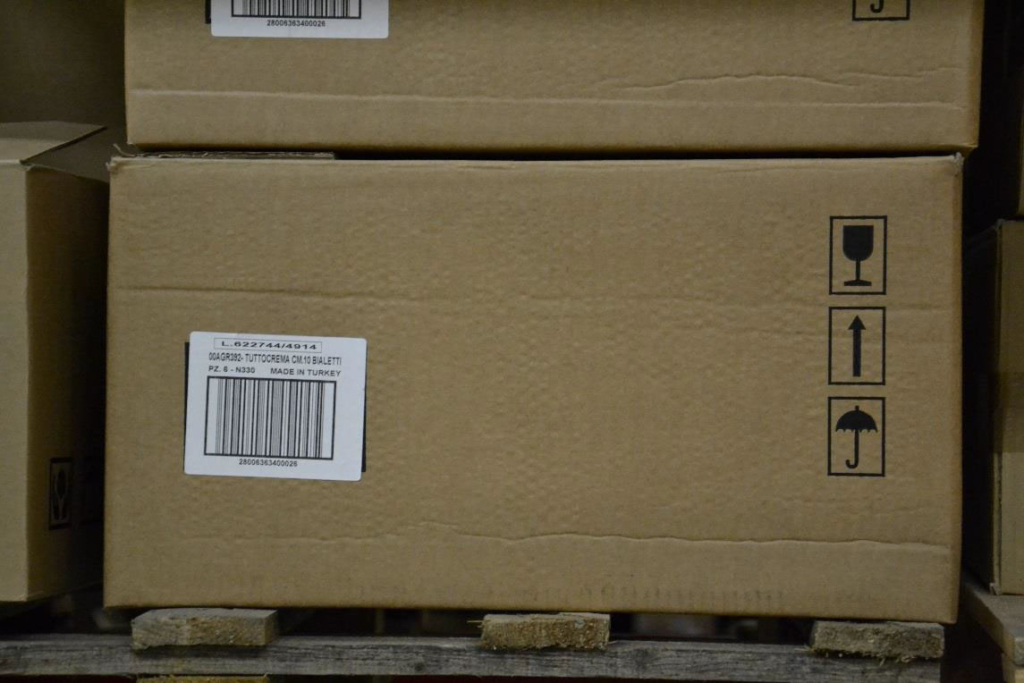
In order to protect the contents of the package, sealing materials bearing your company logo should be used, if possible.

Goods may not hang over the edge of the pallet.
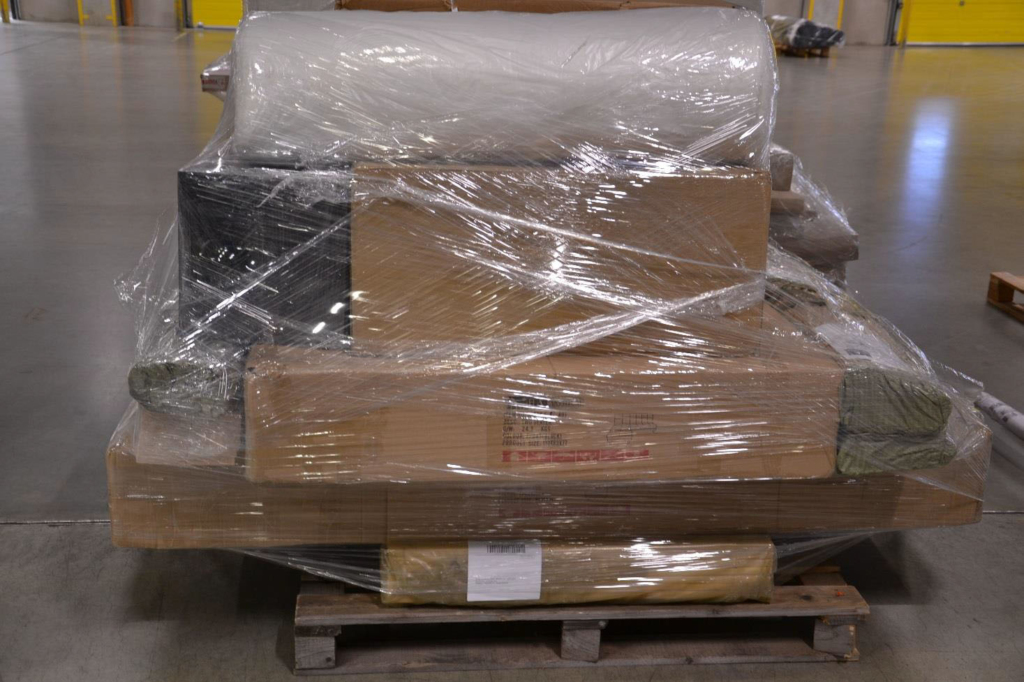

Maximum use of pallet capacity must be utilised, and the goods must be secured on the pallet using strong fastening materials.

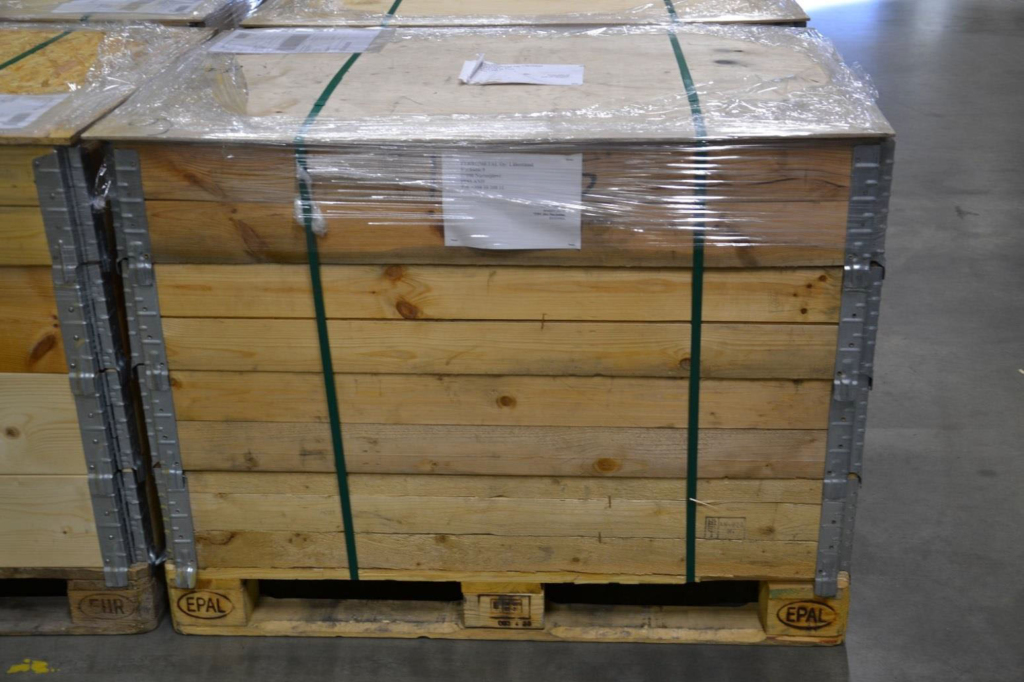
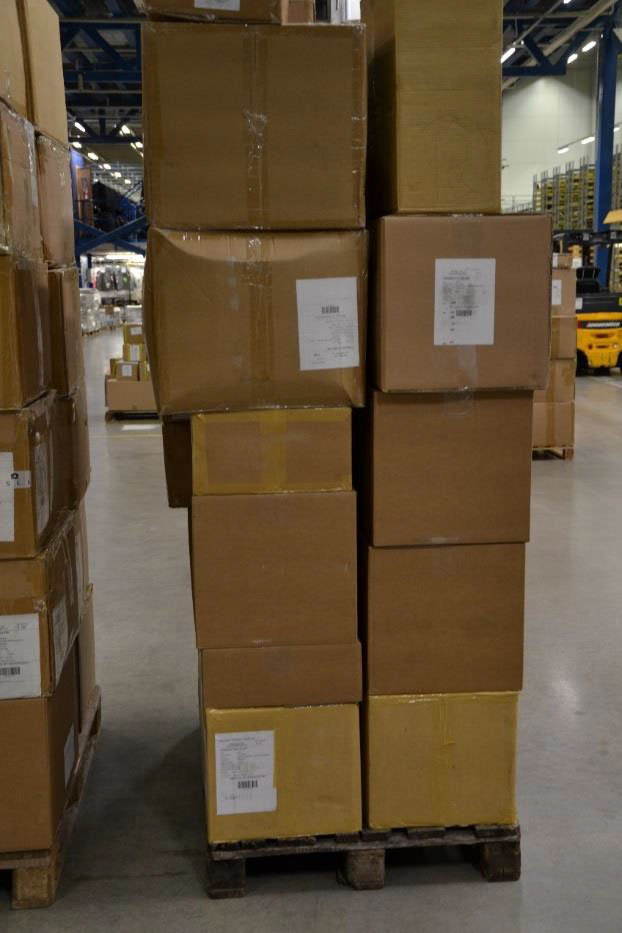
Units at the bottom must be able to withstand the pressure of the packages placed on top, and the stability of the pallet must be guaranteed during all stages of the transport chain.
If you have any further questions regarding packaging or labelling, please contact the transport managers of the transport chain.
